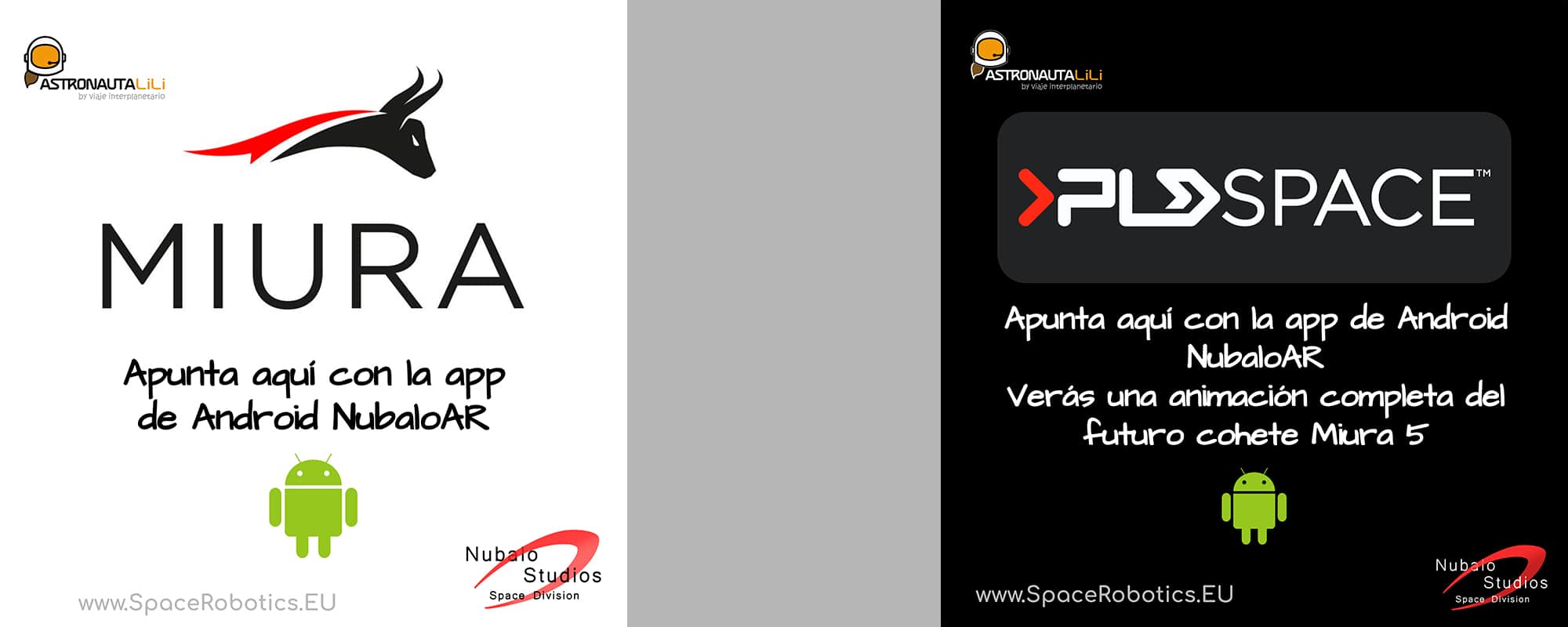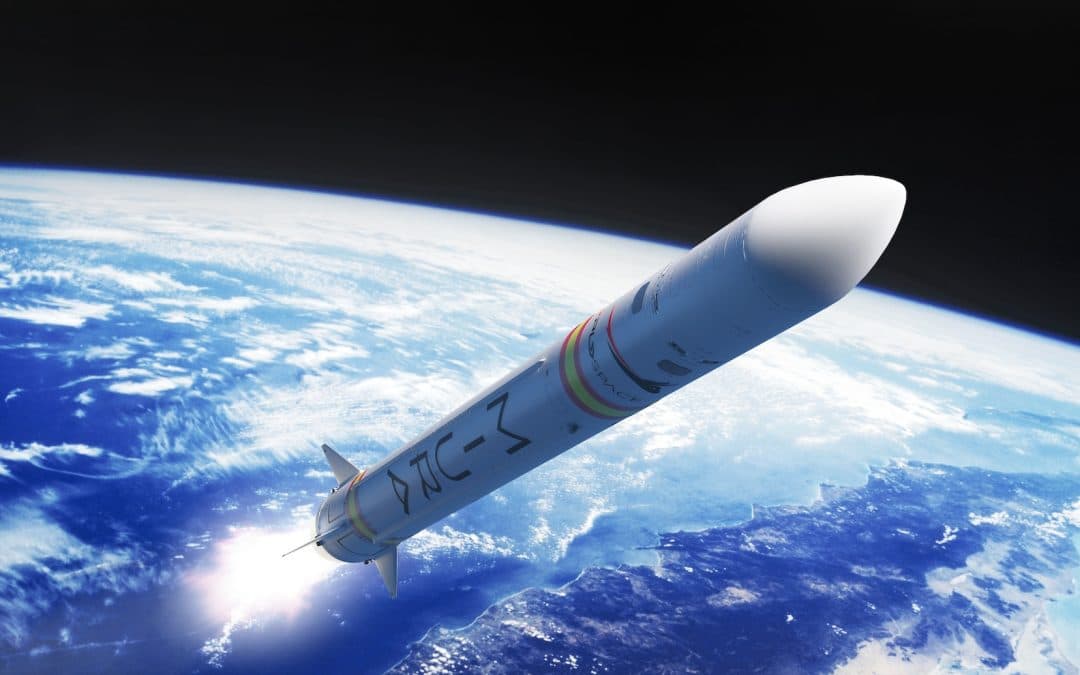PLD Space officially presented its Miura 1 rocket and our 3D scaled model came along with it!
When modern rockets first appeared back in mid 20th century, it used to take the effort of a whole nation to start a company capable of manufacturing such complex and powerful machines. However, a lot has changed since then, and that is no longer the case. Many companies nowadays are expanding their business towards the space sector on their own. This is the case of, for example, Richard Bransons’ Virgin galactic. Many other companies are created from scratch exclusively to provide space-related products and services. This is the case of Jeff Bezos’ Blue Origin and Elon Musk’s SpaceX. Usually, these new companies are founded by big fortunes with lots of resources; but the technology to reach space is getting more and more accessible and, if you’ve got what it takes, it is now possible to build an aerospace company right out of the blue. This is the case of PDL Space, a Spanish company founded in Elche (Alicante) in 2011.

PLD Space was founded in 2011 by a group of young Spaniard engineers who were fascinated by the space industry and determined to design and build reusable rockets. One step at a time, they managed to get enough financing to start their company and get the project going. They started by designing the TEPREL family of rocket engines. After the success of the testbed models TEPREL-DEMO and TEPREL-A, they came up with TEPREL-B, which is now fully functional and ready to go. TEPREL-B will be used in PDL Space’s first functional rocket, the Miura-1, which after ten years of development and improvement was finally presented in November 2021 and will be launched in early 2022. Miura-1 is only a suborbital rocket, but is set to become the first European reusable launch vehicle as soon as it proves itself! Of course, PLD space is also working on a more powerful orbital rocket, the reusable Miura-5, which will use five of the new TEPREL-C engines and will rely on a two-phase launch sequence to carry up to 300 Kg to a 500 Km high orbit. Miura-5 is not yet completed, but after the success of the TEPREL engines and the upcoming success of Miura-1, chances are good that Miura-5 will be reaching space in the next few years.
Space Robotics’ scaled models division has been working on the recreation of Miura-1 and Miura-5, and we are happy to announce that both these rockets have now their own detailed 3D models (you may check them out in the picture above). These models are ready to be 3D-printed or used in animations. We printed a few of them ourselves, as they were required for the Miura-1 presentation in “Museo de Ciencias Naturales de Madrid”, and the result couldn’t have been better. We have also used the Miura-5 3D model to recreate its launch sequence, the phases separation, and the landing of the main phase, which would potentially be reused. The animation, which you may check in the video above, is also accessible everywhere through AR (Augmented Reality). You can check out the whole animated sequence in 3D on your phone right now. Just download the free app NubaloAR and point it to the posters below. How cool is that?


Cover Image © PLD Space
3D CGI, video & AR posters © SpaceRobotics.EU / Nubalo Studios S.L.

